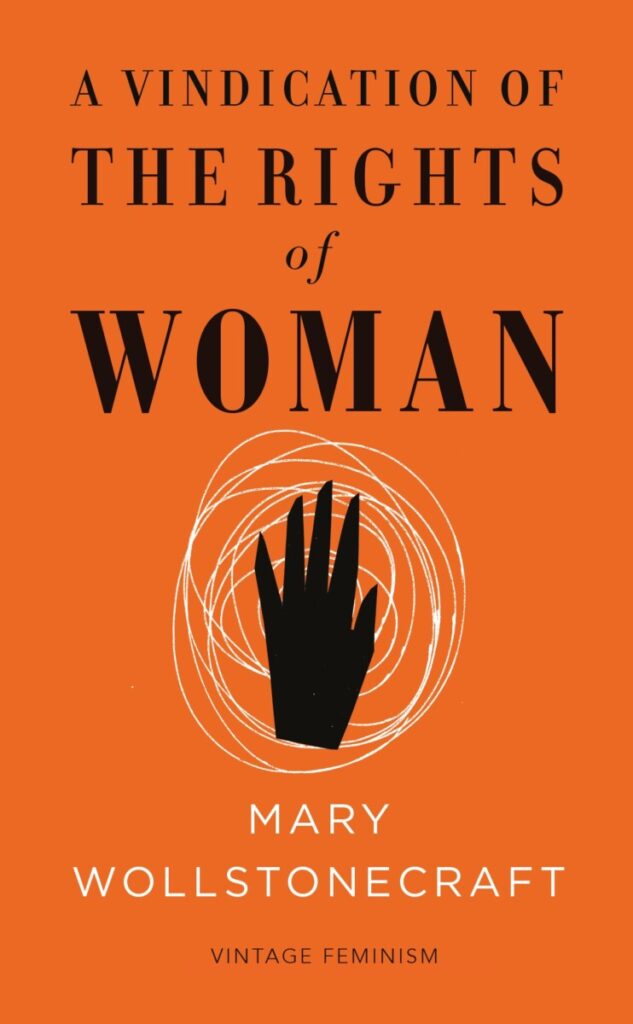Well, we’re at Week 5, where the rubber meets the road (if you don’t know what that idiom means, keep reading). We’ve “talked,” written, and thought about the DCs of authors, analyzed their arguments, and thought and written about our own DCs. Now is the time when that reading, analyzing, and thinking will coalesce into your own writing about your DC and an issue you think is important.
Basically, we’ve practiced, now’s the time when we put our practice to work, thus the American idiom “where the rubber meets the road.”
This week you need to formally write your Unit 1 Writing Assignment, if you haven’t started already. You also need to decide whether you’re going to write a letter or a speech.
There are a few questions you should answer in order to come to this decision:
- Who is your intended audience?
- How will they be more receptive to your message: a speech or letter?
When you read Douglass and Wollstonecraft, you may have noted the differences between the two.
One major difference is the audience. In Douglass’ speech, he’s addressing a crowd. In Wollstonecraft’s letter, she’s addressing one person–although it’s published later and the “sir” to whom it’s addressed became more than one person.

Another major difference is the tone of the writing. Both Douglass and Wollstonecraft wrote much more formally than people do today, but the way they wrote depended on the genre (type of writing) they were using.
When speaking to his audience, Douglass knew he had to draw many people in as quickly as possible. He admits in the first line: “He who could address this audience without a quailing sensation, has stronger nerves than I have” (1). When a person shares intimate details about themselves, listeners are generally more empathetic to their message.
Also, a speech can rise or fall depending on how it is presented, not just written. If the writer doesn’t use the manner of speaking (word choice, sentence structure) the speaker uses, the speech might fall flat in front of an audience. A speech writer has to write a speech with the speaker in mind just as much as the audience. We can imagine how Frederick Douglass spoke in real life by reading his speech. If you choose to write a speech, try to reflect the way you speak in real life.
Like Douglass, our letter-writer knew she had to draw in her reader as well, and that he would be reading this in private, rather than sitting in a crowd. She began with a compliment (though she ends with a punch):
Having read with great pleasure a pamphlet on National Education that you recently published, I dedicate this volume to you, to induce you to reconsider the subject and maturely weigh what I shall say about the rights of woman and national education; and I’m calling with the firm tone of humanity.
Wollstonecraft 1

Wollstonecraft knew her reader well. She knew that sharing the fact that she was familiar with the reader’s previous work showed that she wasn’t just wanting to get her position up front. Simply put, she wanted to prove that she’d done her homework.
Finally, since her letter could be perused at leisure, and this reader was all about education, Wollstonecraft probably knew she had to write much more formally than if she was writing to a close friend. Her sentences needed to be more complex; she needed to use varied vocabulary, etc.
This does not mean you have to use complex sentences or fancier words if you choose a letter, but you need to think about your audience. What kind of letter would you write in order to get the response you desire? For example, if you write a letter to a classmate, you’d use different language than if you write a letter to a potential employer, right?
As you’re considering these questions, I want you to go to the Agenda for Week 5 and look at the details for this week.
Questions? You know where to find me!





Leave a Reply